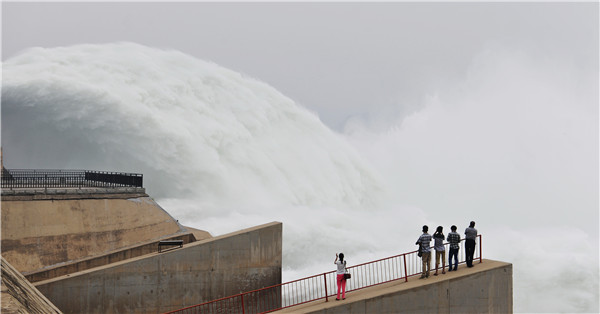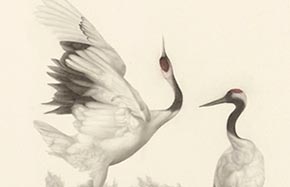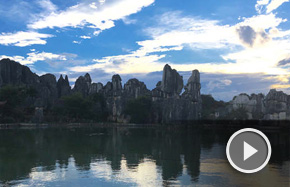Water wise
 |
|
The country's major water-engineering solutions: the South-to-North Water Diversion Project and Xiaolangdi Dam on the Yellow River.[Photo/Xinhua and CFP] |
The writer says it is no accident that one of the heroes of China's history, Emperor Yu, the founder of the Xia Dynasty (c. 21st century-16th century BC), was effectively a hydraulic engineer.
He created a river system involving irrigation canals that prevented farmland from being flooded.
"He is not like a Noah figure who rides out the flood. He is someone who takes matters into his own hands and introduces engineering measures such as carving channels and dredging rivers to make floods subside," he says.
Ball says China's essential water problem is that water in China flows from the mountains of the west to the seas in the east, but the challenge through history has been getting grain from the farmlands of the south to the north through water transport.
One of the great engineering solutions to this was the Grand Canal, some of which dates back to the fifth century BC, which links the Yangtze and Yellow rivers.
"The Yangtze valley is below the Yellow River valley so you have got an uphill gradient going north. So you have this contrast of the water-poor north and the water-rich south," he says.
One of the China's modern grand plans is the South-to-North Water Diversion Project, which aims to channel water from the Yangtze in southern China to the north through three canal systems. The $79 billion project, which will shift 44.8 billion cubic meters of water, is one of the world's most expensive engineering projects.
"It actually goes under the Yellow River through tunnels. It would be hard to find any other nation prepared even to contemplate something on this scale, but China has the capacity to do this."
Ball, who was brought up on the Isle of Wight off the south coast of England, studied chemistry at Merton College, Oxford before going on to do a doctorate at the University of Bristol in theoretical condensed-matter physics.
After university, he went to work for Nature magazine, the leading British science publication that has been in existence since Victorian times, as a writer and editor on physical sciences.
It was while on a three-month sabbatical from the magazine in 1992 he made his first visit to China.

















